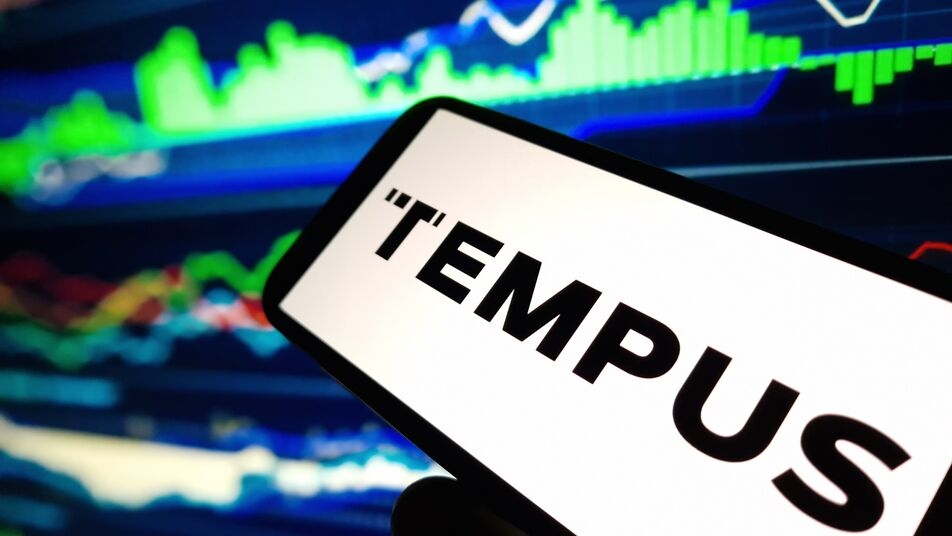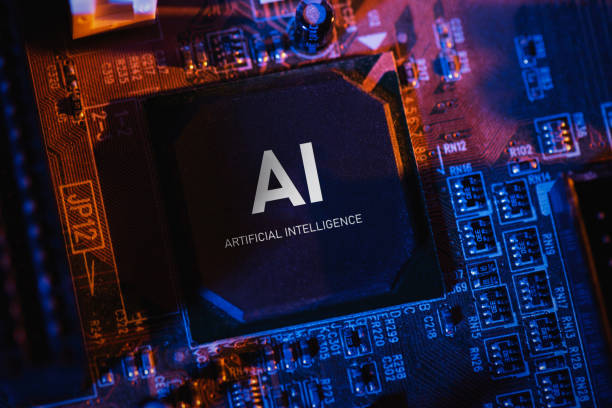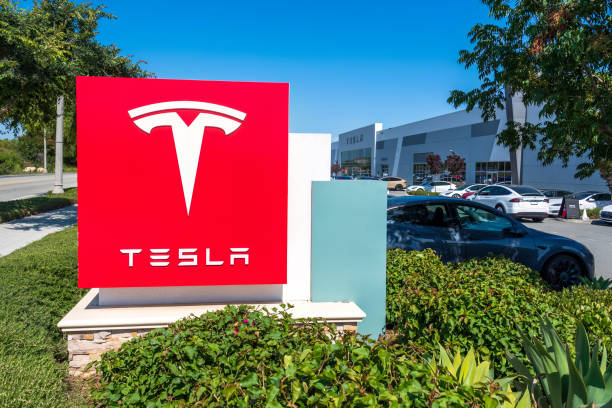【Reuters Analysis】Four ways DeepSeek could change everything: Taosha Wang


The views expressed here are those of the author, a portfolio manager at Fidelity International.
By Taosha Wang
While the seismic market moves caused by DeepSeek were short-lived, the release of the Chinese startup’s high-performing and inexpensive large language model is likely to have long-term implications for technology, trade, and economic relations between the U.S. and China.
Here are four predictions about these potentially dramatic impacts.
1. Artificial intelligence costs will continue to plummet
All innovations are fundamentally about doing more for less, or, in economic terms, being unit price deflationary. The AI revolution exemplifies this. Prior to DeepSeek’s release, costs of dominant AI models had already fallen by around 80% on an annualized basis over the past two years. DeepSeek has simply accelerated this trend.
The 30x pricing difference between the token prices, or the cost of use, of DeepSeek and the market leader OpenAI reflect algorithmic improvements by the former and the latter’s more aggressive pricing strategy. This deflationary trend should continue as AI research progresses and more competition enters the field.
2. The AI economic pie will get bigger and be sliced differently
As AI becomes cheaper and more accessible, usage should expand significantly, following Jevons paradox, the idea that demand for a resource increases as technology makes it more efficient.
As foundational models become commoditized, value creation should shift toward applications, meaning more resources will be devoted to inference, or the deployment of AI to specific tasks, as opposed to training.
This, in turn, should increase demand for custom XPUs, chips designed to perform application-specific tasks more efficiently, as opposed to standardized GPUs which are particularly well suited for training.
Nvidia has indicated that this shift may already be starting. In May 2024, the AI leader said that demand related to inference was growing faster than for training, with the former now representing 40% of total demand.
As AI applications widen, the opportunity to participate in AI research will likely no longer be limited to well-funded entities, opening doors for broader innovation across academia and many other areas. For example, DeepSeek’s R-1 model has already spawned thousands of new open-source models based on its architecture.
3. U.S. chip export controls will deserve careful reassessment
DeepSeek’s breakthrough was achieved using far fewer and less advanced chips than its American counterparts, demonstrating how innovation can be born of constraint.
So even though U.S. export controls may limit DeepSeek and its Chinese peers in the short term, these restrictions are unlikely to stop their progress. And these measures risk isolating U.S. technologies from China's market, possibly on a permanent basis.
Export controls also seem counterproductive for a U.S. administration that places a high priority on addressing structural balance of payment issues with China. As one Chinese minister put it plainly, “If we want to buy from the U.S., but they … are restricting their exports … How can they cut their deficit?”
True, U.S. politicians on both sides of the political aisle have been calling for more regulations on China in recent years, not fewer.
The decision to adjust chip export controls would thus signal a turning point in U.S.-China economic relations and would not be taken lightly.
Nonetheless, the pros and cons of the current chip export restrictions have become more balanced and deserves a careful reassessment.
4. Interests of U.S. and Chinese tech leaders may become more aligned
While DeepSeek's breakthrough and open-source approach initially caused angst among U.S. investors, many U.S. tech leaders have welcomed the development.
Major cloud platforms like Microsoft, AWS, and Hugging Face have already integrated various models based on DeepSeek R-1, and many of these companies’ leaders have noted that the development of less expensive LLMs (large language models) should spur demand for their cloud services and thus enhance their revenue streams.
Looking further ahead, businesses stand to benefit massively from the potential productivity boost and cost savings from wider AI applications, regardless of their origins. This is especially true in the U.S., where wages are elevated compared to the rest of the world and STEM talent is persistently in short supply.
A useful historical parallel may be the frictions between the U.S. and Japanese auto industries in the 1980s. Japanese auto makers eventually introduced their innovative “lean production” method to the U.S., significantly boosting productivity in the American auto industry.
The evolving AI landscape presents a tremendous opportunity for collaboration between the two global superpowers, especially as the industry pursues artificial general intelligence, a potentially world-changing mission. But the ongoing tensions between China and the U.S. – on trade, technology and other issues – risks hampering progress by fracturing the technology landscape.
It is unclear whether this is the beginning of a new era of technological cooperation or a period of rising global competition, but either way, DeepSeek is a reminder of how rapidly things can, and likely will change, in the age of AI.
(Taosha Wang is a portfolio manager and creator of the “Thematically Thinking” newsletter at Fidelity International)







